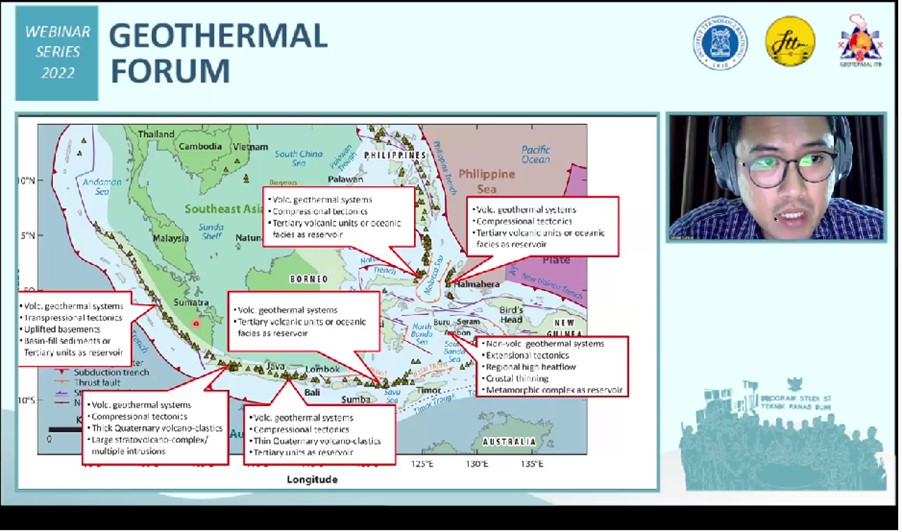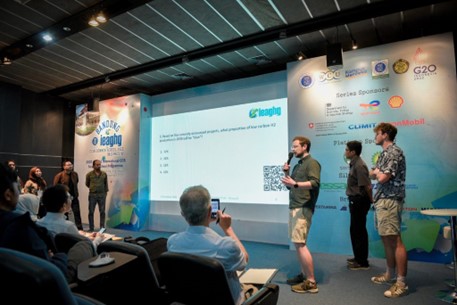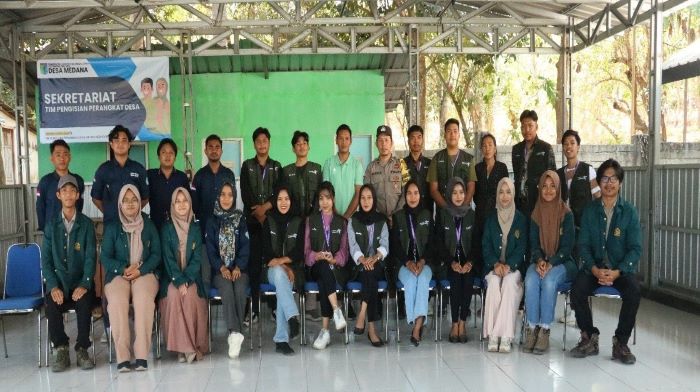ITB Geothermal Engineering’s Webinar on Large-Scale Tectonic Influence Towards Geothermal Systems
By Adi Permana
Editor Adi Permana

BANDUNG, itb.ac.id – The Geothermal Engineering Master's Program from ITB FMPE (Faculty of Mining and Petroleum Engineering) organized a forum titled "Influence of Large-Scale Tectonics on Field-Scale Geothermal System from Sunda, Banda, to Sangihe" on Friday (18/2/2022), with the geologist Lukman Sutrisno from Ormat Geothermal Indonesia as the speaker.
Lukman described the different geothermal systems installed with either spatial or temporal components. "Those equipped with spatial components have local geothermal settings while those with temporal components are known for their short running periods."
In locating a potential energy source, the tectonic aspect is the most essential, yet it is limited in fully forecasting the prospects of the source.
Indonesia’s geothermal sites are diverse. "For example, the flow of those in Sumatra is complex. Their heterogeneity is quite difficult to handle while those in West Java are more predictable and manageable," Lukman added. Moreover, the stability of Earth's regional crust in Indonesia varies due to impacts of tectonic plate subduction.

Discrepancies in geothermal sites are also found in Eastern Indonesia. "The regions there are dominated by multi-continental collisions. Thus, tectonic deformations driven by subduction rollbacks are frequent," Lukman clarified. The heat flow in those areas is considered high as a result of its thinning crust.
The geothermal systems in Northern Indonesia regions, especially Sangihe and Halmahera, are volcanic like those in Sumatra and Java. However, they are tectonically compressive, with reservoirs that consist of either a tertiary volcanic unit or an oceanic surface.
Reporter: Yoel Enrico Meiliano (Food Engineering, 2020)
Translator: Ruth Nathania (Environmental Engineering, 2019)

.jpg)
.jpg)
.jpg)
.jpg)
.jpg)



